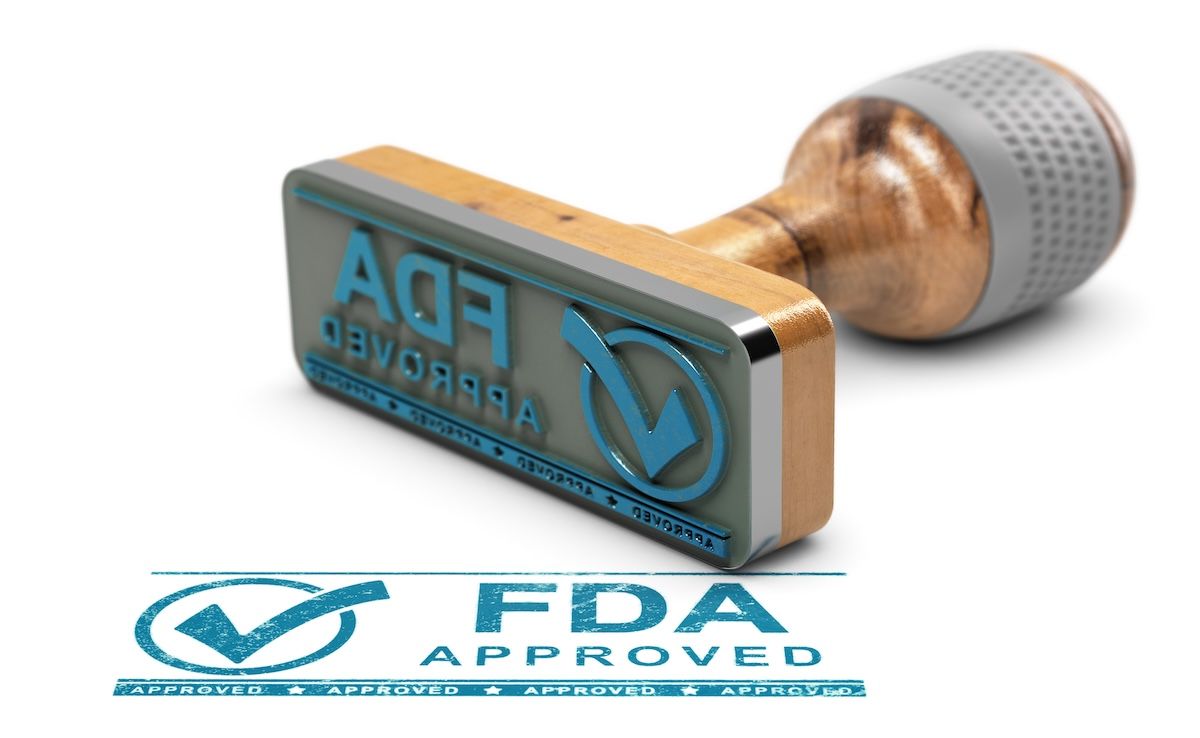Article
THC, CBD Combo Eases MS Symptoms, Extends Cutaneous Silent Period
Author(s):
A combination of delta-9-tetrahydrocannabinol (THC) and cannabidiol (CBD) relieved certain neurophysiological symptoms affecting patients with secondary progressive multiple sclerosis (MS).
Oral spray containing delta-9-tetrahydrocannabinol (THC) and cannabidiol (CBD) offers several benefits for neurophysiological symptoms affecting patients with secondary progressive multiple sclerosis (MS), according to new study results.
The small pilot study of 15 patients analyzed how the THC-CBD spray affected spasticity and pain scores, concluding that the spray not only improved measures of spasticity and pain—one of the most disabling and undertreated symptoms of MS—but also extended the duration of patients’ cutaneous silent period (CSP), the brief interruption in voluntary contraction that follows strong electrical stimulation of a cutaneous nerve.
The results of these patients with secondary progressive MS were compared against those of 14 healthy controls of similar age and sex. Four weeks following the optimum individual THC-CBD dose, 4 different measurements confirmed that the spray significantly improved spasticity and pain:
- The Modified Ashworth Scale (MAS) scores, which measure various muscle tones on a 5-point scale with a maximum score of 48, dropped by a median of 10 points, from 14 to 4
- The 9-Hole Peg Test (9HPT) times, which assesses how long it takes patients to place and remove 9 pegs from 9 holes, dropped by a median of 3.7, from 46.0 to 42.3
- The numeric rating scale (NRS) ratings, which measures spasticity on an 11-point scale, dropped by a median of 3 points, from 7 to 4
- The 10-cm visual analogue scale (VAS) measures, which patients used to indicate their pain levels, dropped in 10 (67%) patients by a median of 3 cm, from 5 to 2
However, there was an additional test in which researchers measured how long it took patients to walk 25 feet that saw no changes from baseline to the time of analysis.
“THC relieves spasticity by modulating muscle tone, but it also possesses psychotropic effects, being a partial agonist of the cannabinoid-1 receptor (CB1R),” explained the researchers. “At forebrain sites, CBD antagonises both CB1Rs and cannabinoid-2 receptors (CB2Rs) in the presence of THC. Thus, the THC-CBD combination can prevent underisable psychoactive effects and abuse phenomena.”
The researchers added that cannabinoids also interact with neural pathways mediating pain and inflammation at central and peripheral sites, thus creating an analgesic effect in several conditions, such as MS.
In addition to improving spasticity and pain scores, the spray simultaneously prolonged CSP duration, which according to the authors could prove a promising tool for assessing the analgesic effects of THC-CBD in MS. At baseline, the CSP duration was 39, which increased to 47.9 at the time of analysis.
Reference
Vecchio D, Varrasi C, Virgilio E, Spagarino A, Naldi P, Cantello R. Cannabinoids in multiple sclerosis: a neurophysiological analysis. Acta Neurol Scand. Published online July 6, 2020. doi: 10.1111/ane.13313.




